Understanding how heat moves is fundamental to science and engineering. From the warmth of the sun on our skin to the cool air conditioning in our homes, heat transfer is a constant process that shapes our world. Worksheets designed to explore methods of heat transfer are incredibly valuable educational tools, providing a hands-on way to grasp these concepts. These worksheets often incorporate scenarios and experiments that help visualize and internalize the different modes of heat transfer. By engaging with these materials, students can learn to identify, differentiate, and apply their knowledge of conduction, convection, and radiation.
Understanding the Three Main Methods of Heat Transfer
Heat transfer is the movement of thermal energy from a warmer object or system to a cooler one. This process is driven by the difference in temperature between the two. There are three primary ways this transfer occurs: conduction, convection, and radiation. Each method operates based on different physical principles and is influenced by various factors such as material properties, temperature gradients, and the presence of fluids.
Conduction: The Transfer of Heat Through Direct Contact
Conduction is the transfer of heat through a material via direct molecular contact. It occurs when two objects at different temperatures are in physical contact. The molecules of the warmer object vibrate more vigorously and collide with the molecules of the cooler object, transferring some of their kinetic energy. This process continues until both objects reach thermal equilibrium, where their temperatures are equal. Materials that conduct heat well are known as thermal conductors (like metals), while those that resist heat transfer are called thermal insulators (like wood and plastic). Worksheets on conduction often feature examples of heating a metal rod with a flame or measuring the heat flow through different materials.
Convection: Heat Transfer Through Fluid Motion
Convection involves the transfer of heat through the movement of fluids (liquids or gases). When a fluid is heated, its density typically decreases, causing it to rise. Cooler, denser fluid then flows in to replace the warmer fluid, creating a circular current known as a convection current. This process efficiently distributes heat throughout the fluid. Convection can be either natural, driven by density differences caused by temperature variations, or forced, driven by external means such as a fan or pump. Think of boiling water: the heat from the burner warms the water at the bottom, which rises and is replaced by cooler water from the top. Worksheets often include diagrams of convection currents in rooms or explanations of how radiators work.
Radiation: Heat Transfer Through Electromagnetic Waves
Radiation is the transfer of heat through electromagnetic waves. Unlike conduction and convection, radiation does not require a medium to travel. This means heat can be transferred through a vacuum, such as the space between the sun and Earth. All objects emit electromagnetic radiation, with the amount and type of radiation depending on their temperature. Hotter objects emit more radiation at shorter wavelengths (e.g., infrared and visible light), while cooler objects emit less radiation at longer wavelengths (e.g., radio waves). The sun’s heat reaching Earth is a prime example of radiation. Worksheets illustrating radiation might explore how different colors absorb and reflect heat or the principles behind solar panels.
Worksheet Answers: Identifying Methods of Heat Transfer
Here’s a list of common scenarios presented in worksheets, along with their corresponding heat transfer methods:
- Scenario: Feeling the warmth of a fire. Answer: Radiation
- Scenario: A metal spoon getting hot when left in a hot cup of coffee. Answer: Conduction
- Scenario: Hot air rising and cool air sinking in a room. Answer: Convection
- Scenario: A radiator warming a room. Answer: Primarily convection (with some radiation)
- Scenario: Touching a hot stovetop. Answer: Conduction
- Scenario: The Earth being warmed by the Sun. Answer: Radiation
- Scenario: A lava lamp. Answer: Convection
- Scenario: Ironing Clothes. Answer: Conduction (the iron’s heat transfers to the cloth directly)
- Scenario: A pot of water boiling on a stove. Answer: Conduction (from the burner to the pot), Convection (within the water)
- Scenario: Using a fan to cool down. Answer: Convection (forced convection removing heat from your body)
By using worksheets to explore these examples, students can solidify their understanding of the three methods of heat transfer and develop the ability to apply this knowledge in real-world situations. Understanding heat transfer is crucial not only in scientific fields but also in everyday life, from designing energy-efficient buildings to cooking safely in the kitchen. These worksheets pave the way for a deeper appreciation and understanding of the thermal processes that govern our world.
If you are searching about Heat transfer mechanisms conduction, convection, and radiation you’ve came to the right place. We have 20 Pictures about Heat transfer mechanisms conduction, convection, and radiation like Methods Of Heat Transfer Worksheet, Worksheet Methods Of Heat Transfer | Conduction convection radiation and also Methods Of Heat Transfer Worksheet – Printable And Enjoyable Learning. Here you go:
Heat Transfer Mechanisms Conduction, Convection, And Radiation
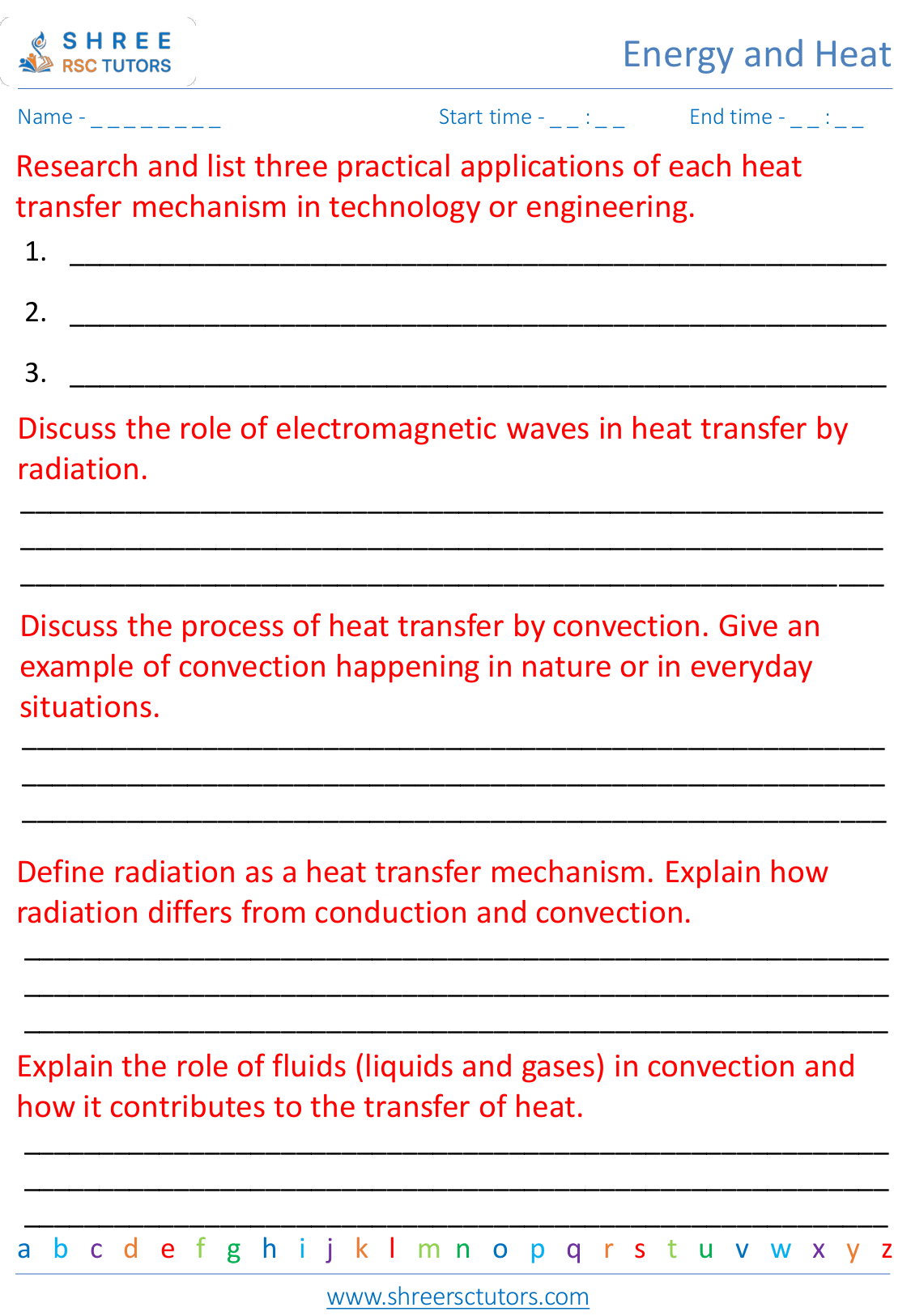
www.shreersctutors.com
17 Best Images Of Heat Transfer Worksheet Answers / Worksheeto.com

www.worksheeto.com
SOLUTION: Methods Of Heat Transfer Worksheet – Studypool

www.studypool.com
Worksheet Methods Of Heat Transfer Answers

printableschoolfinley99.s3-website-us-east-1.amazonaws.com
Worksheet Methods Of Heat Transfer | Lissimore Photography

lissimorephotography.blogspot.com
Heat Transfer Worksheet Poster Set Conduction Convection Radiation For
![]()
www.madebyteachers.com
Methods Of Heat Transfer Worksheet – Printable And Enjoyable Learning

newark2.remotepc.com
11 Science Heat Energy Worksheets With Answer – Free PDF At Worksheeto.com
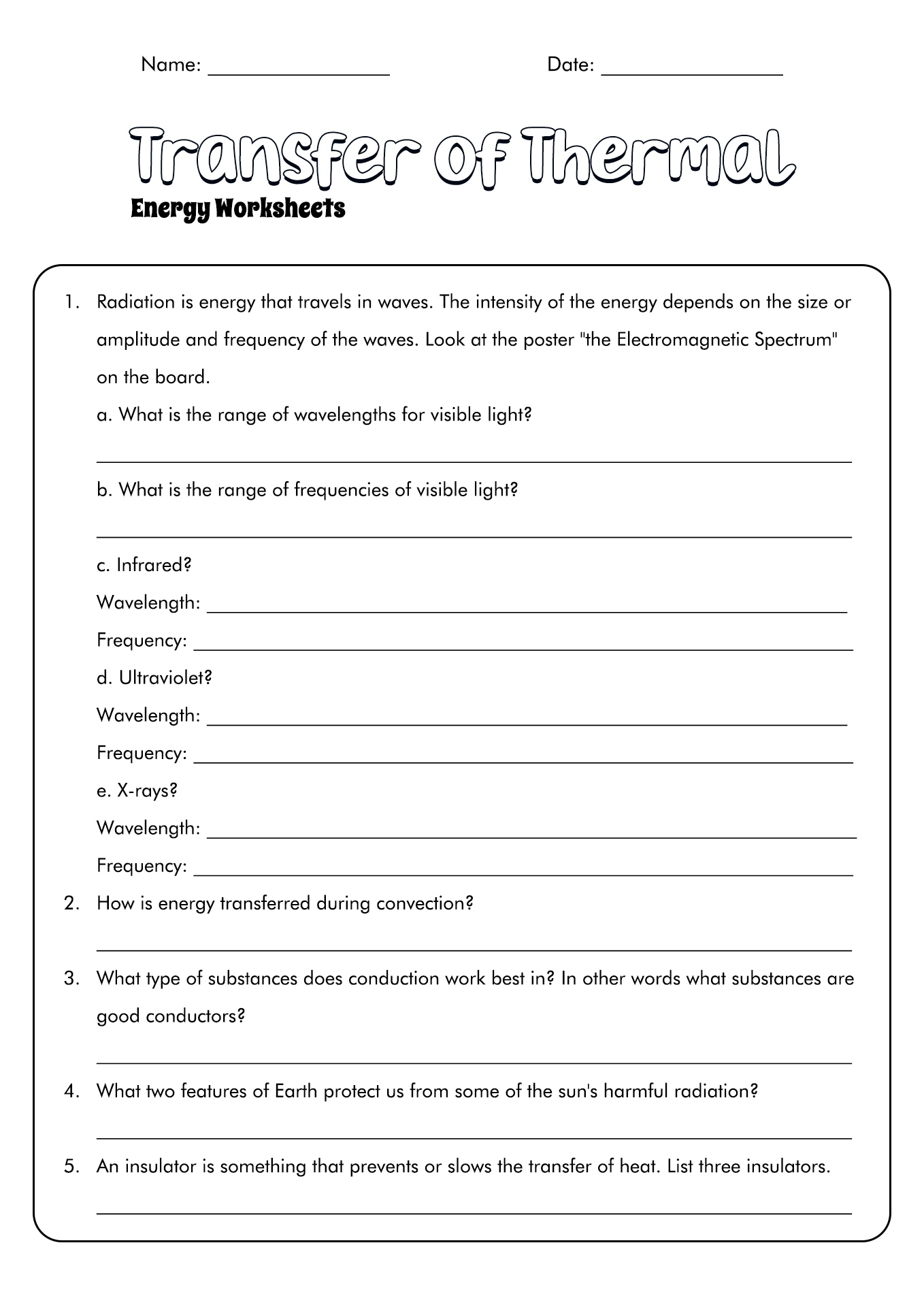
www.worksheeto.com
Heat And Heat Transfer Worksheet

classschoolventiducts.z21.web.core.windows.net
Energy Transfer Worksheet

erdmanteln27dblearning.z13.web.core.windows.net
Heat Transfer Methods Worksheet 3430748 Vector Art At Vecteezy

www.vecteezy.com
Heat Transfer: Conduction, Convection, And Radiation – Worksheet

www.madebyteachers.com
Methods Of Heat Transfer Worksheet
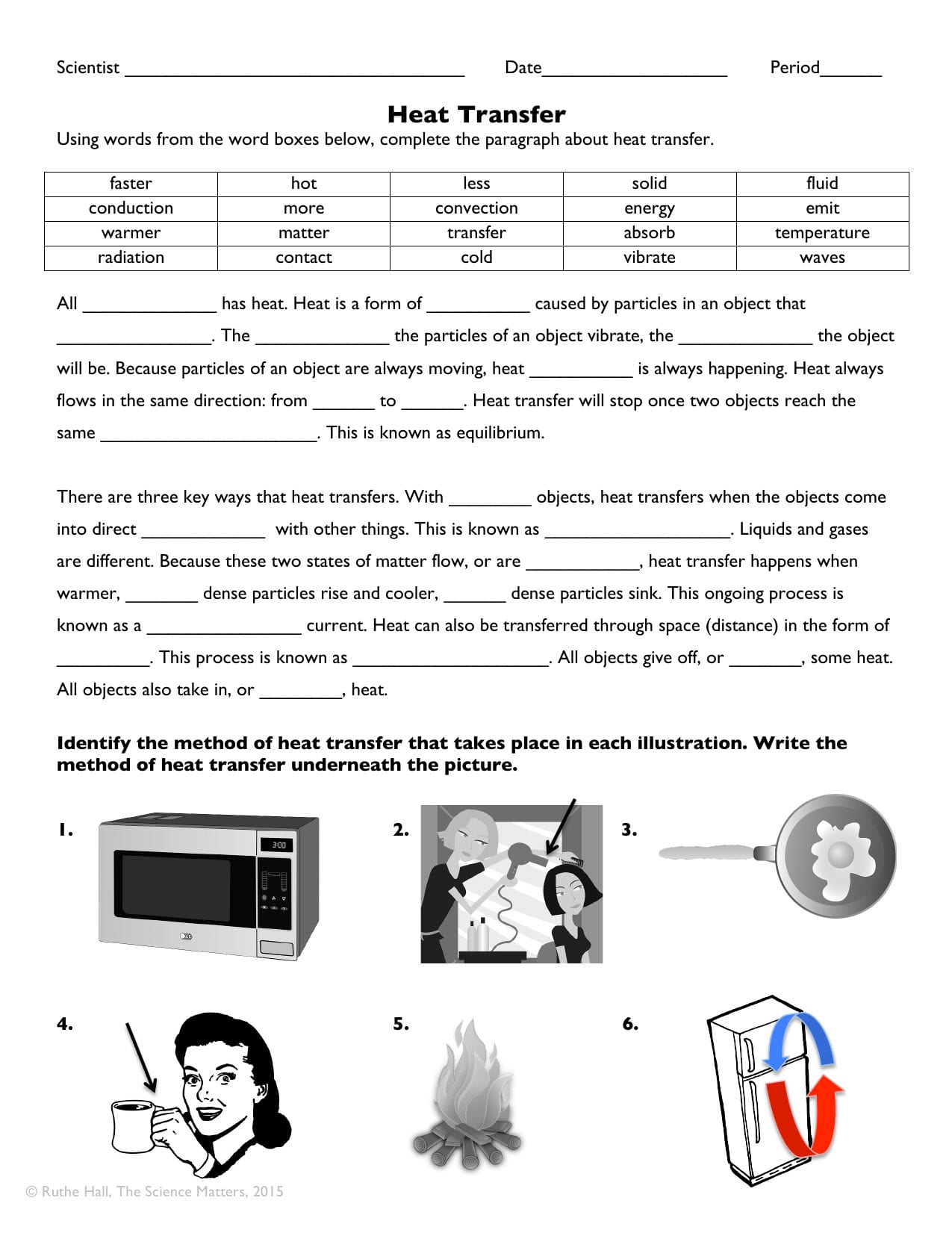
studylostnumu6.z13.web.core.windows.net
15 Light And Heat Energy Worksheets – Free PDF At Worksheeto.com
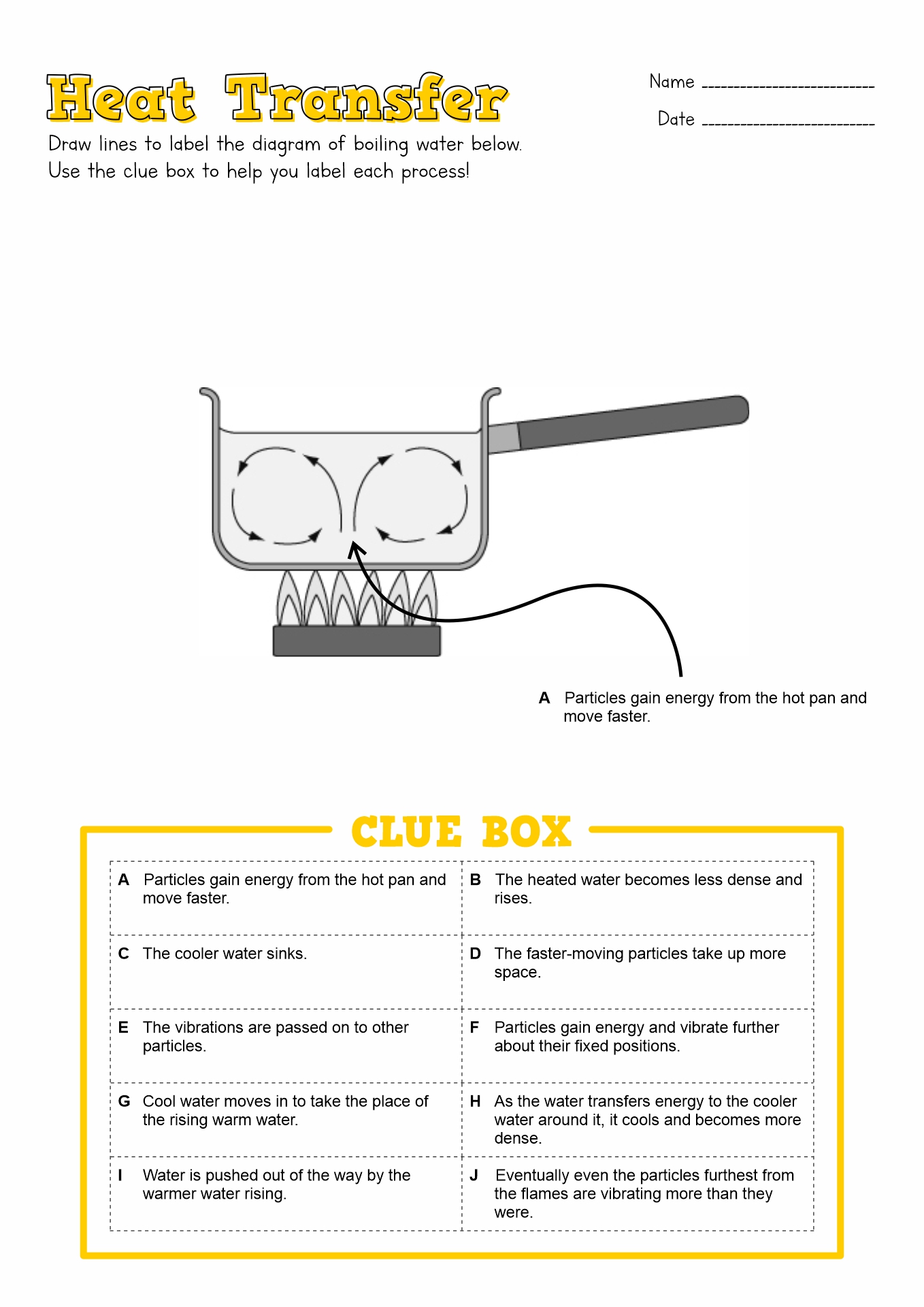
www.worksheeto.com
Heat Transfer 10 Worksheets And 10 Visual Notes Poster Set- Conduction
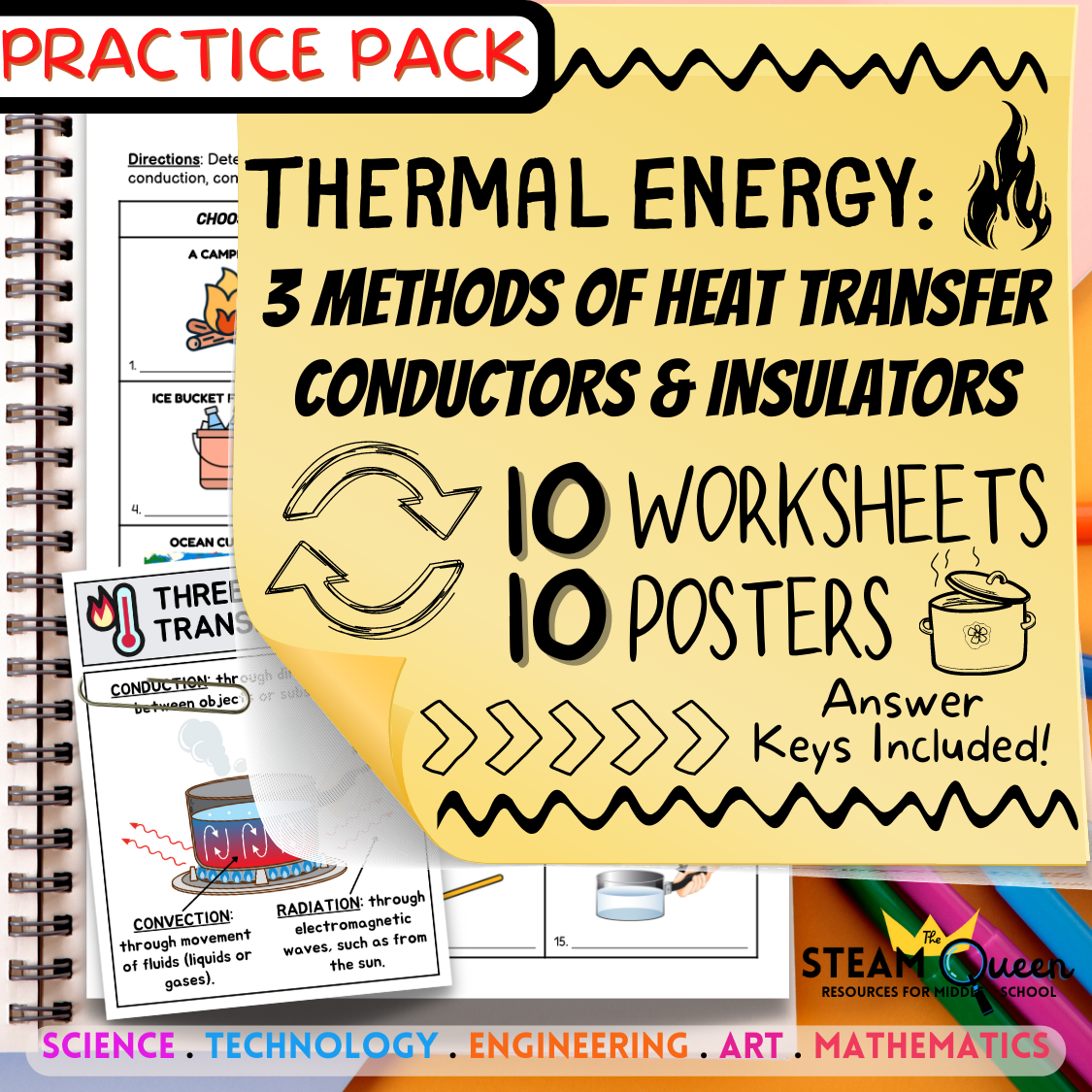
classful.com
Conduction Convection Radiation Worksheet Unique Methods Of Heat

www.artofit.org
15 Light And Heat Energy Worksheets – Free PDF At Worksheeto.com
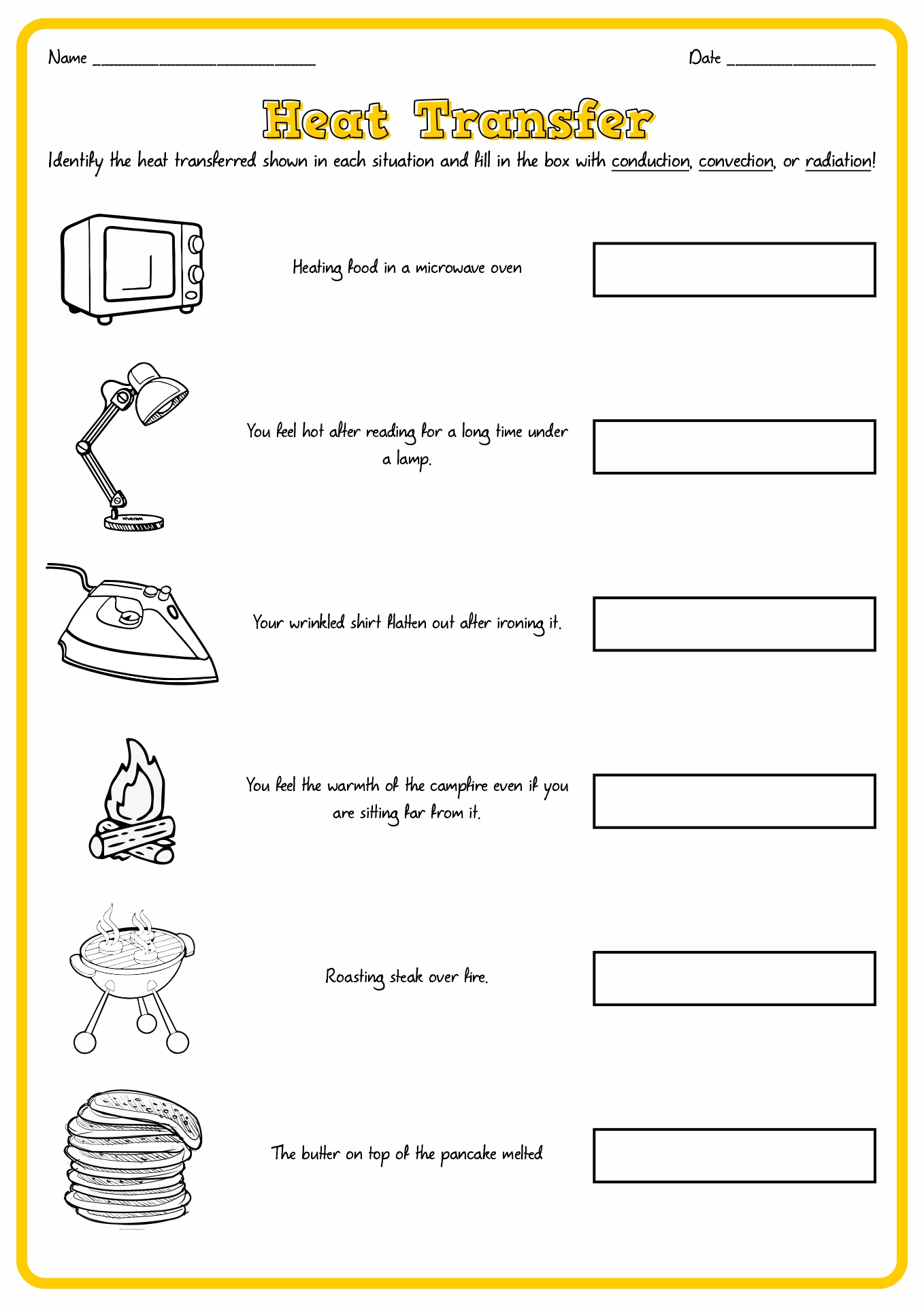
www.worksheeto.com
Heat Transfer Worksheet – Worksheet: Methods Of Heat Transfer
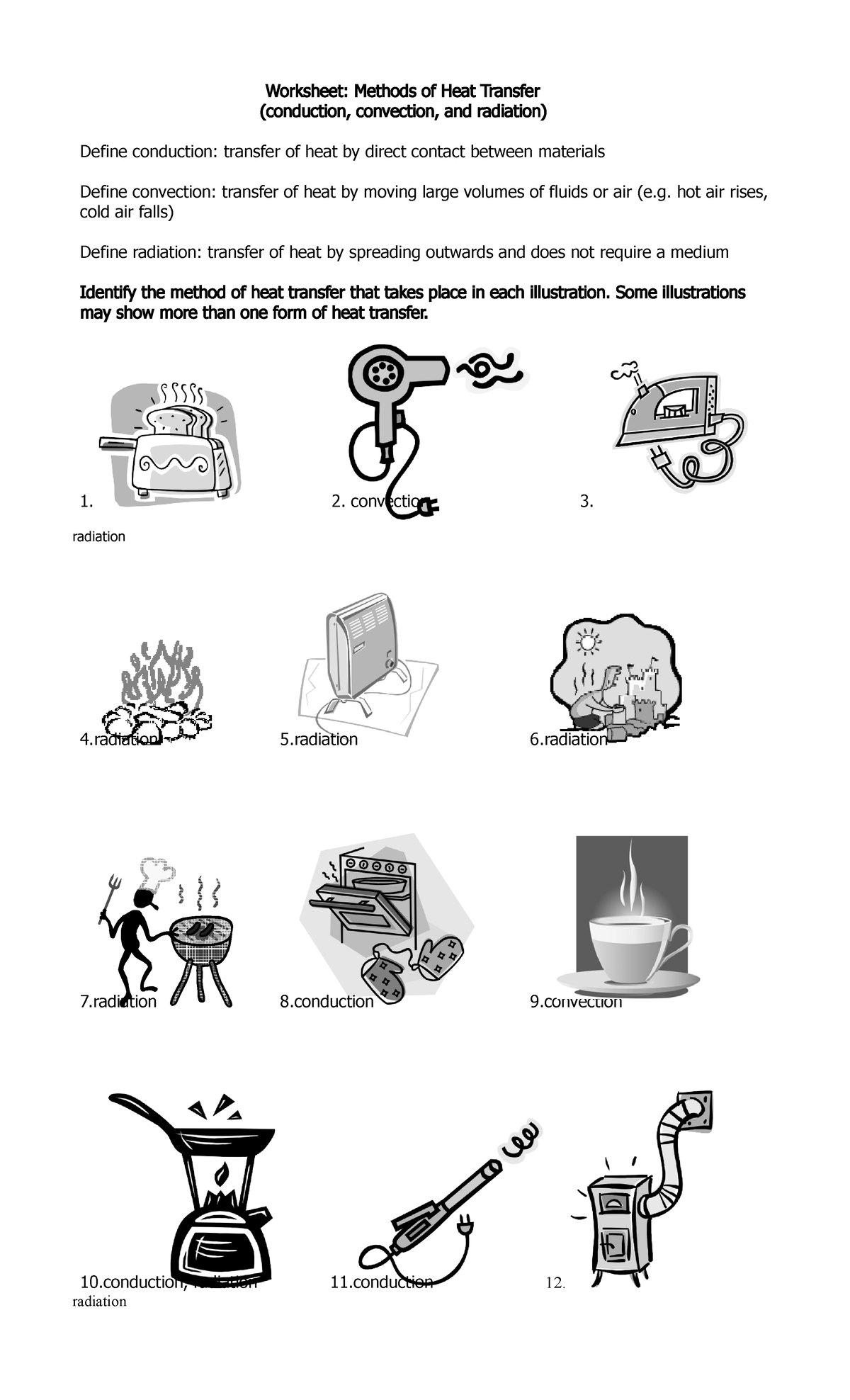
www.studocu.com
Heat Transfer Methods Worksheet 3742331 Vector Art At Vecteezy

www.vecteezy.com
Worksheet Methods Of Heat Transfer | Conduction Convection Radiation

www.pinterest.com
17 best images of heat transfer worksheet answers / worksheeto.com. heat transfer worksheet poster set conduction convection radiation for …. 15 light and heat energy worksheets